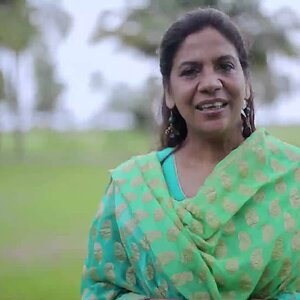This is where most go off the rails in their understanding of ISO in digital imaging, and noise. To understand it you first have to recognize where the noise comes from. First in any image there's digital noise that comes with any electronic circuit. A quick and easy way to see this, is leave your lens cap on, crank the shutter speed up, and the aperture down, then take a shot. It's completely black right? Now take it in LR or something similar and crank up the exposure. See the noise? The second type is shot noise, random photons bouncing around, that varies with intensity based on light levels. Finally there's signal to noise ratio (SNR) the level of a desired signal to the level of background noise.
If you raise the intensity of the light striking the sensor the SNR goes up. As Joe said slowing your shutter, opening your aperture or using supplemental light. Likewise increasing the ISO or gain (amplifying the signal from the sensor) the SNR goes up. So how does raising ISO affect the noise in an image? First, raising the ISO has no effect on shot noise, it came from the scene entirely independent of camera settings. The only thing it affects is digital noise. Now what most don't realize is that for typical cameras at normal settings, raising your ISO will actually lower the amount of electronic noise, by increasing the SNR.
Saying always use the lowest ISO is an oversimplification and can be incorrect. If you lower ISO without a compensating adjustment to aperture or shutter, you'll end up with a dark image that needs brightening post, but when you brighten post you reveal all the noise you tried to hide in the first place. Generally speaking you raise ISO because you couldn't adjust the shutter or aperture. Not using ISO in the exposure triangle to get a good exposure is silly. Not getting a shot because it would require a high ISO is crazy. My avatar is an "extreme" crop from a shot I took of a night time laser light show show that was projected onto the surface of Stone Mountain in GA. I was a good 300 yrs away, set at ISO 25600. I use whatever settings I need to get the shot I want. Like shutter speed and aperture, ISO should be adjusted as required.
I believe its important to disseminate factual information so for those that want to fact check me here's some reading on the subject.
What Is Noise in Photography? ,
Understanding Dynamic Range in Digital Photography and
Ins and outs of ISO: where ISO gets complex






![[No title]](/data/xfmg/thumbnail/35/35597-714b74cc48992e5353856abfe325df68.jpg?1734167220)





